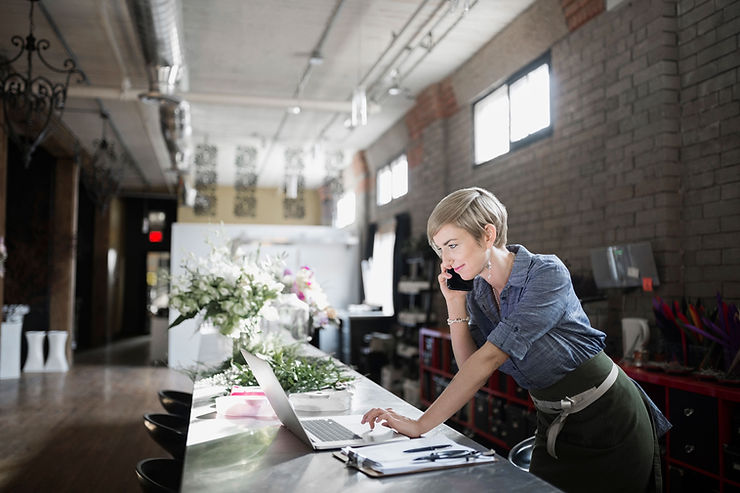As some companies call for employees to be back in the office, hybrid work is becoming the norm. Big-name companies such as Amazon and Google are asking for employees to split work between in-office and at-home time. While some companies cite creativity as a reason to get together, others have a more flexible attitude and say their employees work from anywhere to increase a work/life balance.
So how will this hybrid work factor into the employee and customer experience?
Hybrid Work and Employee Experience
In terms of the employee’s experience, most decision-makers expect the shift to a hybrid work environment to be a positive change with a positive impact on company culture. In many instances, a properly managed hybrid model can put in-office and remote workers on a level playing field while also allowing for more flexibility and balance.
As Gautam Goswami, Chief Marketing Officer at TeamViewer, points out, “people who are in the office at any given time will no longer feel that they can smugly look down on their colleagues who happen to be away. The remote conferencing technology in such wide use today has become, in essence, an equal opportunity engagement system.”
For the work-from-home employees who struggle with a loss of face-to-face connection, the blend of in-office and remote work that the hybrid model creates should essentially eliminate the issue, while still allowing for most of the perks of flexible working.
In addition, hybrid work better allows for clear definitions around personal time for those who struggle with unplugging. When the in-office boundary is in place, it’s easier to leave the workplace behind. With a hybrid model, employees can take advantage of that physical workspace to more clearly define their “off” time.
However, at least where EX is concerned, hybrid work needs help. We’ve seen a huge shift in putting humans first this year. Decision-makers will need to work harder to create a team culture and strengthen coworker dynamics in an environment where not everyone is in the office at the same time. Nicole Serena Silver states company culture should be at the forefront of this shift and the foundation of the company, as it directly influences productivity, creativity, profitability, and growth rates.
Along these same lines, decision-makers will also have to make a larger effort to eliminate a disconnect, whether that disconnect is due to a simple lack of in-person connections, poor tech, or inefficient systems and processes. Hybrid work requires new forms of leadership and potential changes to your teams’ workflow in order to make sure everyone’s on the same page and has an equal opportunity.
How Will Hybrid Work Impact Customer Experience?
According to one PwC study, consumer market leaders are planning to maintain a hybrid working model for the foreseeable future. One reason? Turns out, CX is being positively impacted by the hybrid environment. According to the study, 94% of consumer markets executives say that customer service levels are as good or better than they were in years past, partially thanks to investments in high-touch customer experiences that make the hybrid model more seamless.
But this isn’t necessarily surprising. CX itself has been “hybrid” for a while now anyway, in one way or another, with customers demanding a mix of digital and physical experiences. According to Forrester Data, hybrid CX “evokes positive emotions best.” All the way back in 2019, customer service software brand Zendesk proclaimed that CX would come to depend on hybrid workforces made up of machines, cognitive systems, and humans.
However, making a hybrid model work for CX requires many of the same principles that make the hybrid model beneficial for EX, including attention to culture, personalized experiences, and close attention to possible disconnects.
Combining the CX and EX Approaches
Through this transition and into the future of work, it’s important to realize that EX and CX will share similar needs, much as they have throughout the entire pandemic. Your employees are demanding compassion and understanding when it comes to their work-life balance; your customers need the same compassion and understanding rather than stale strategies or micromanagement. Both employees and customers should be met where they are with kindness and direction.
Striking the perfect balance within both areas equals customer success. If you take care of your employees, they’ll take care of your customers, resulting in reduced employee turnover and greater customer loyalty.


